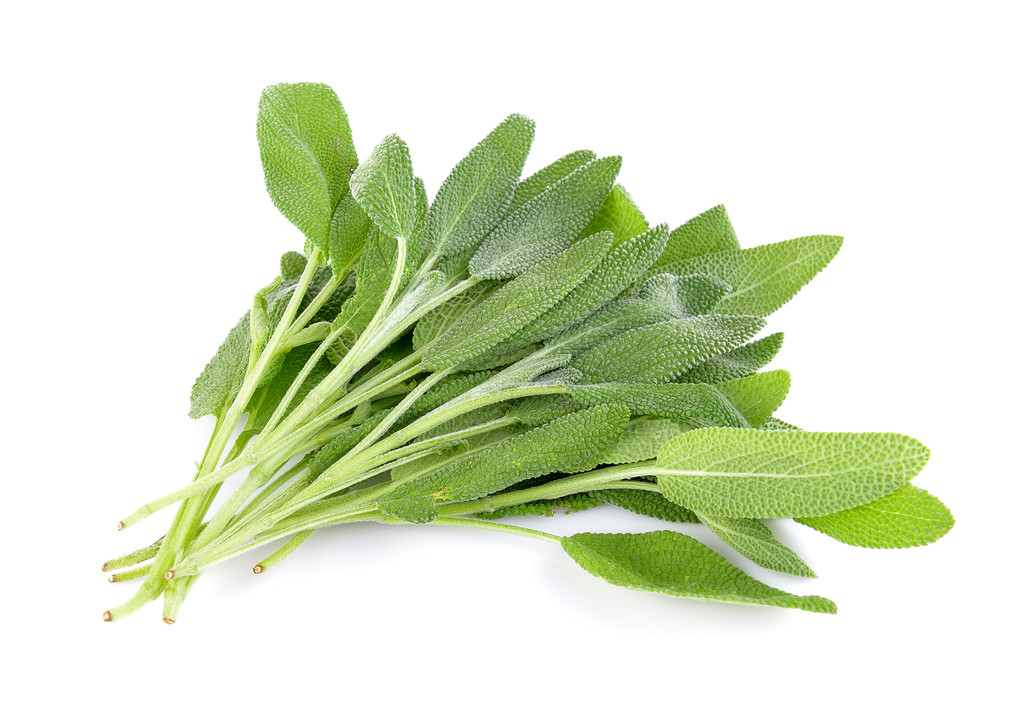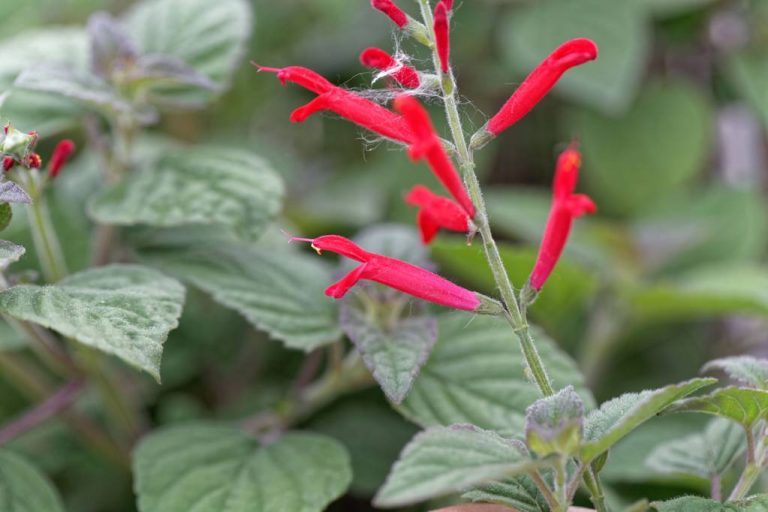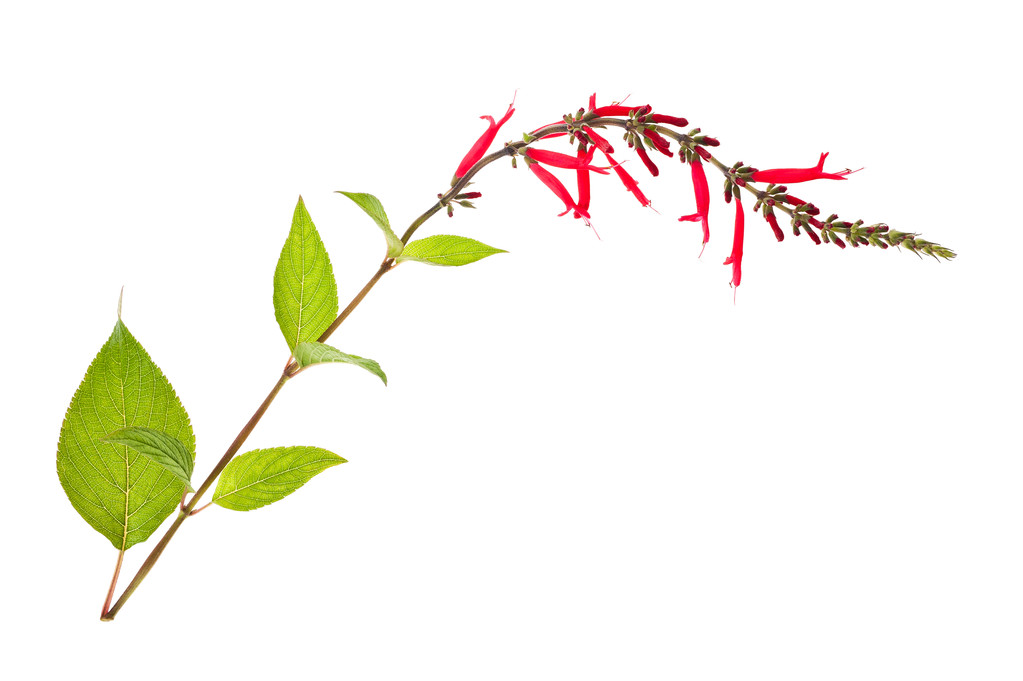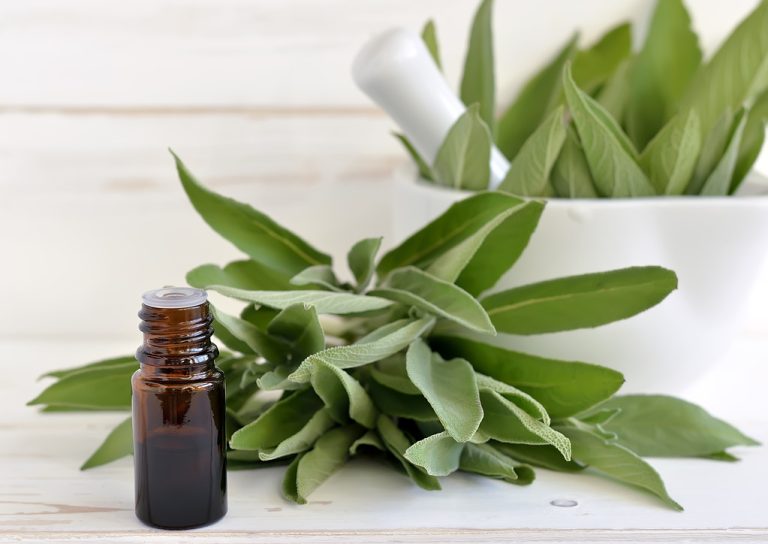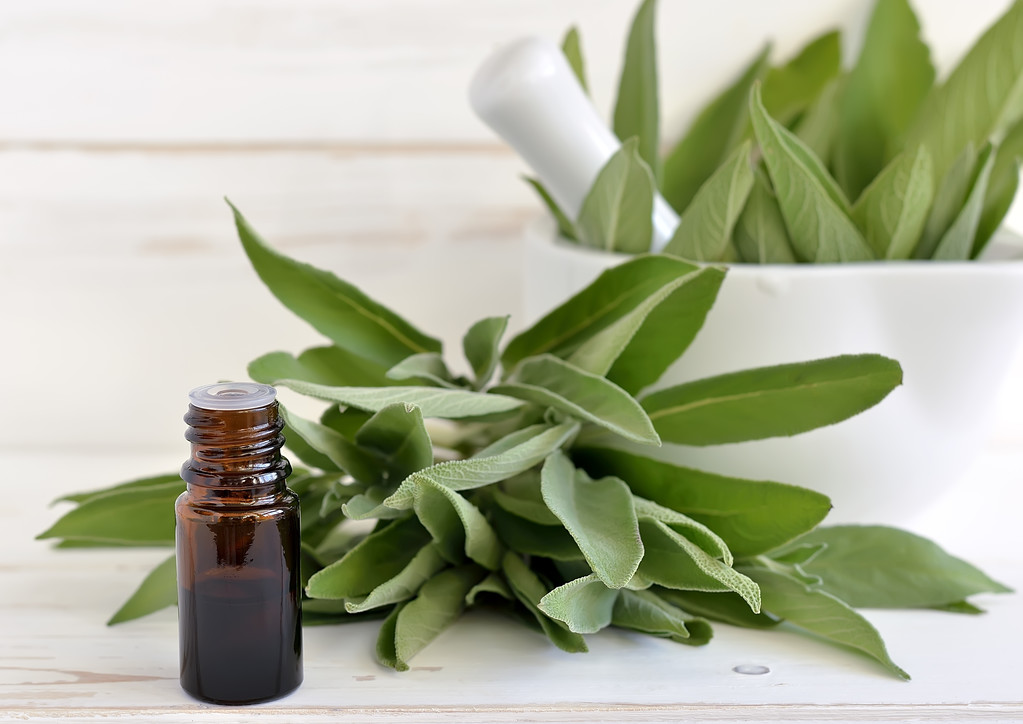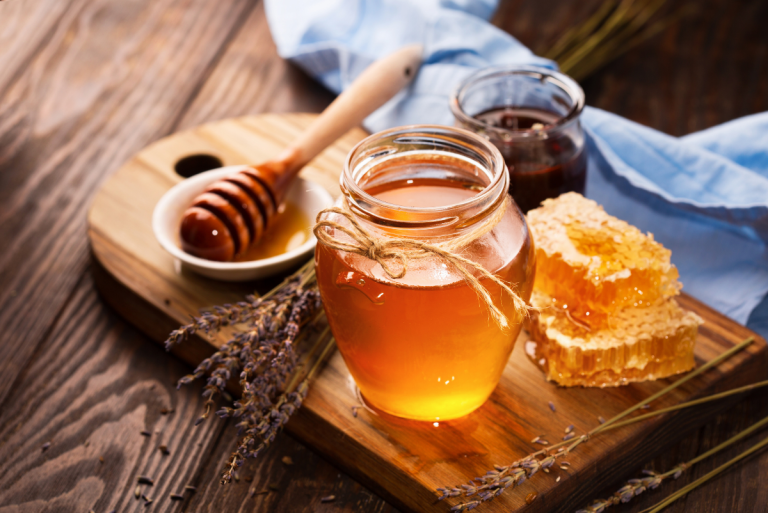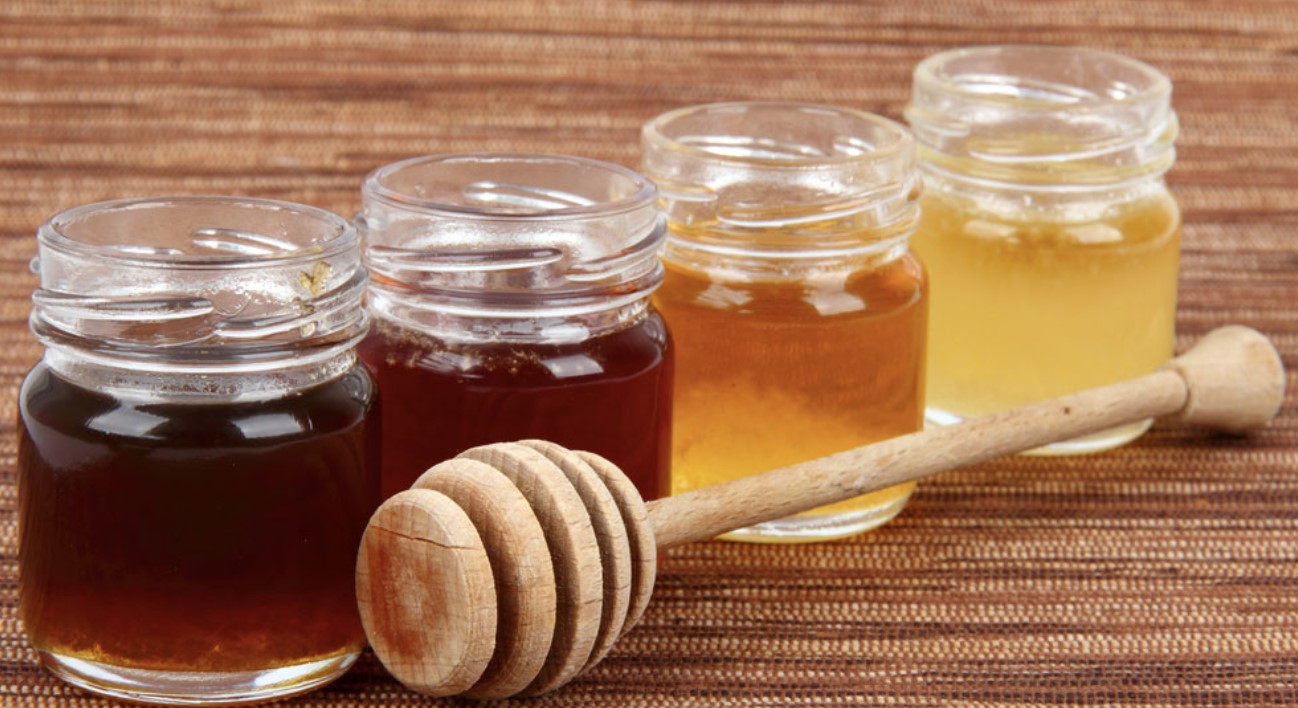Sage tastes good and is healing. It helps with all sorts of complaints such as inflammation, gastrointestinal problems, and insect bites. It can be used for dental care, as a deodorant, and as coloring hair.
Use healthy sage
Sage is healthy and tasty. As a medicinal plant, it can be used in the kitchen and as a cosmetic. It is easily digestible and goes well with fatty foods. It helps with inflammation, gastrointestinal complaints, and insect bites. It can be used for coloring hair, for dental care, and against sweating.
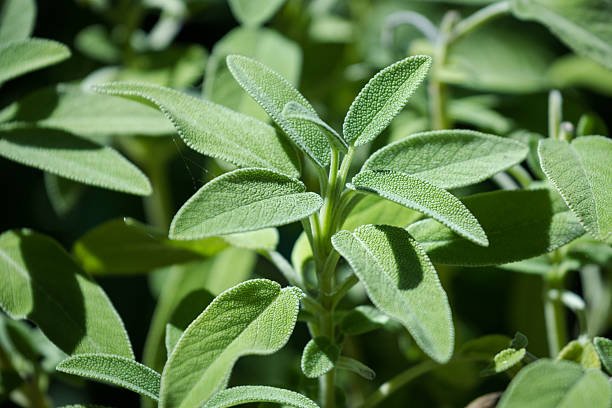
Sage has always been used in cooking and medicine. Its name comes from Latin and means to heal (= salvare) or healthy (= salvus). There are over 850 different species of sage and the sage plant is found on almost every continent with the exception of Australia. In the following, we will deal with the kitchen or medicinal sage (Salvia officinalis), which is most widespread in Germany.
Ingredients
Sage contains essential oils, tannins, and bitter substances. Even if sage is a medicinal plant in itself, it should not be taken in large quantities. In excess, the essential oil is toxic. We, therefore, advise against drinking several cups of sage tea every day.
Sage is healing
Sage has an antiviral, antibacterial, and anti-inflammatory effect. Its oil is used in pharmacies for disinfectants. If you have a sore throat or other inflammatory diseases of the mouth and throat, you can gargle with sage tea or simply drink it. Aqueous and alcoholic sage extracts for gargling are also commercially available.
In addition to its anti-inflammatory effect, sage is said to have other healing properties:
It helps with excessive sweating and has a digestive and secretion-promoting effect. Especially after antibiotic therapy, it can relieve stomach and intestinal pain. It is also said to support the proper functioning of the nervous system. Some substances contained in sage also protect against carcinogenic substances.
Sage is also useful for painful and swollen insect bites. To do this, you should briefly boil a handful of sage with plenty of water and simmer for two minutes over low heat. The still warm sage leaves can then be placed on the insect bites and covered with a gauze bandage. It is best to leave it on for one to two hours. The whole thing also helps with small abrasions or cuts.
The aromatic ingredient
In the kitchen, sage is often used as a spice. It tastes a bit bitter but aromatic. Because of the fine hairs on its leaves, it leaves a slightly furry feeling in the mouth.
Sage goes well with fatty foods. It gives dishes with meat and poultry, game or fish a special touch. Herb cheese can also be wonderfully refined with it. In addition, sage is said to promote the digestibility of heavy food and allows fats to go rancid more slowly. Sage is also suitable for light cooking. It refines soups and vegetable dishes.
German cuisine knows the sage cake as a traditional pastry. It is served and eaten especially at the church consecration festival or the fair, as it is said to protect against intoxication.
A little tip: Sage can also be used to flavor homemade herbal sweets.
Sage makes you beautiful
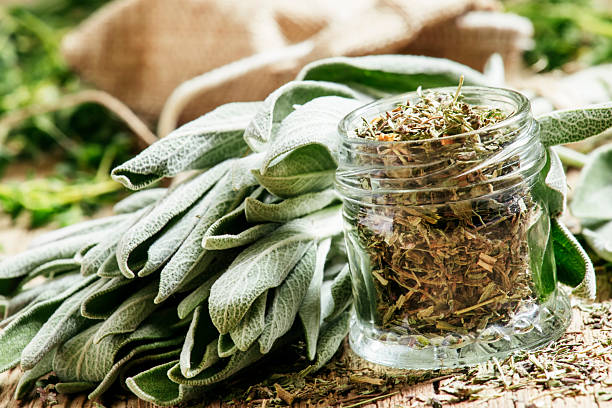
Because of the tannins contained in sage, the medicinal plant can even be used to color hair. A decoction is prepared from the sage plant, which dyes the hair a little darker. This is also helpful for concealing the first gray hairs. To do this, take a handful of sage, and a bag of black tea and pour a cup of boiling water over it. Let the mixture steep for 30 minutes and then pour it through a colander. The collected liquid is then distributed well in the hair. Leave on for 30 minutes and then rinse thoroughly.
The antibacterial effect of sage helps with impure skin. It is also suitable for dental care. To do this, chew two or three fresh sage leaves after each meal. This has a calming effect on the gums, cleans them, and makes the teeth whiter.
Sage is also suitable as an additive for homemade deodorants, as it has antiperspirant and antibacterial effects. It also helps to get rid of sweaty feet. To do this, take a hot foot bath and add a few sage leaves.



